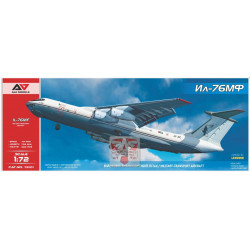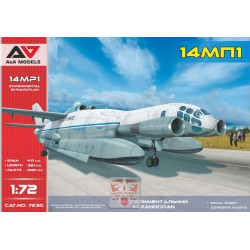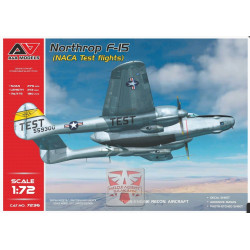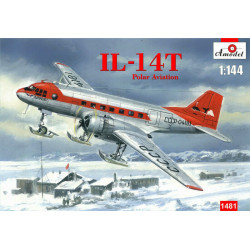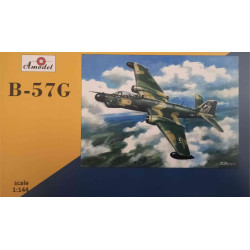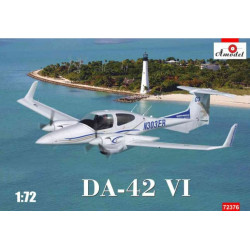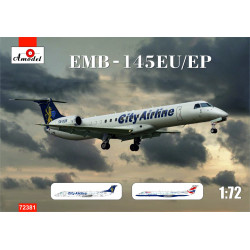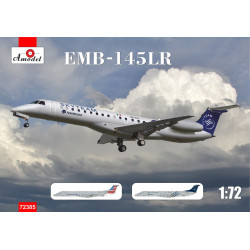Henschel Hs 123C dive-bomber
1/72 aircraft scale plastic model kit
Amodel 72248
Manufacturer: Amodel (Ukraine)
Scale: 1/72
Material: Plastic
Paint: Unpainted, Unassembled, Kit do not contain paints and glue.
Condition: New in Box
The Henschel Hs 123 was a single-seat biplane dive bomber and close-support attack aircraft flown by the German Luftwaffeduring the Spanish Civil War and the early to midpoint of World War II. Although an obsolete design, it proved to be robust, durable and effective especially in severe conditions. It continued to see front-line service until 1944, only to be withdrawn due to a lack of serviceable airframes and spare parts.
Henschel was a German locomotive manufacturer. Soon after Hitler's rise to power, Henschel decided to start designing aircraft, one of the first being the Hs 123. The aircraft was designed to meet the 1933 dive bomber requirements for the reborn Luftwaffe. Both Henschel and rival Fieseler (with the Fi 98) competed for the production contract requirement, which specified a single-seat biplane dive bomber. The first prototype Hs 123, the Hs 123V1 was cleared for its maiden flight on 1 April 1935, and General Ernst Udet, a World War I ace, flew the first prototype on its first public demonstration flight on 8 May 1935. The first three Henschel prototypes, with the first and third powered by 485 kW (650 hp) BMW 132A-3 engines and the second by a 574 kW (770 hp) Wright Cyclone, were tested at Rechlin in August 1936.[2] Only the first prototype had "smooth" cowlings; from that point on, all aircraft had a tightly-fitting cowling that included 18 fairings covering the engine valves. The Henschel prototypes did away with bracing wires and although they looked slightly outdated with their single faired interplane struts and cantilever main landing gear legs attached to smaller (stub) lower wings, the Hs 123 featured an all-metal construction, clean lines and superior maneuverability. Its biplane wings were of a "sesquiplane" configuration, whereby the lower wings were significantly smaller than the top wings.
The overall performance of the Hs 123 V1 prototype prematurely eliminated any chance for the more conventional Fi 98, which was cancelled after a sole prototype had been constructed. During testing, the Hs 123 proved capable of pulling out of "near-vertical" dives; however, two prototypes subsequently crashed due to structural failures in the wings that occurred when the aircraft were tested in high-speed dives. The fourth prototype incorporated improvements to cure these problems; principally, stronger centre-section struts were fitted. After it had been successfully tested, the Hs 123 was ordered into production with an 656 kW (880 hp) BMW 132Dc engine.
The Hs 123 was intended to replace the Heinkel He 50 biplane reconnaissance and dive bomber as well as acting as a "stop-gap" measure until the Junkers Ju 87 became available. As such, production was limited and no upgrades were considered, although an improved version, the Hs 123B was developed by Henschel in 1938. A proposal to fit the aircraft with a more powerful 716 kW (960 hp) "K"-variant of its BMW 132 engine did not proceed beyond the prototype stage, the Hs 123 V5. The V6 prototype fitted with a similar powerplant and featuring a sliding cockpit hood was intended to serve as the Hs 123C prototype.
Nonetheless, production of the type ended in October 1938 with around 250 aircraft in all series.
General characteristics
Crew: 1
Length: 8.33 m (27 ft 4 in)
Wingspan: 10.50 m (34 ft 5.5 in)
Height: 3.20 m (10 ft 6 in)
Wing area: 24.85 m² (267.49 ft²)
Empty weight: 1,500 kg (3,307 lb)
Loaded weight: 2,215 kg (4,884 lb)
Powerplant: 1 × BMW 132Dc 9-cylinder radial engine, 880 hp (656 kW)
Performance
Maximum speed: 341 km/h (183 knots, 211 mph) at 1,200 m (3,900 ft)
Range: 860 km (463 nmi, 533 mi with drop tank; 480 km (298 mi) with 200 kg of bombs) [9]
Service ceiling: 9,000 m (29,530 ft)
Rate of climb: 15 m/s (2,950 ft/min) at sea level
Armament
2× 7.92 mm MG 17 machine guns, 400 rpg (field modification of 2× 20 mm (0.79 in) MG FF cannon)
Up to 450 kg (992 lb) of bombs (1 x SC250 bomb under fuselage and 4 x SC50 bombs under wings)
| General Product Info | |
| Material | Plastic |
| Scale | 1/72 |
| Type | Bomber |
We have the lowest worldwide shipping. And it's totally simple.
EUROPE, USA, CANADA TURKEY, ISRAEL, EGYPT, UE CHINA, JAPAN, HK, S.KOREA | AU NZ MX South America, Asia | |
| Order weight up to 0.22kg or 0.48lb | US$ 8.90 | US$ 8.90 |
| Order weight up to 0.44kg or 0.97lb | US$ 13.95 | US$ 17.90 |
| Order weight over 0.44kg or 0.97lb | US$ 19.99 | US$ 29.99 |
| Order total over $150 | FREE | PROMO US$ 19.99 |
Shipping to some countries not qualifies for the free shipping option but costs not over $29.99 for any sized order. Sorry for that, your location is too far.
- Stock: 1
- Model: AMO72248
- Weight: 0.29lb
- DATE ADDED: 21/07/2014




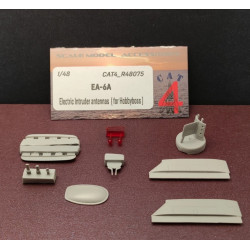

















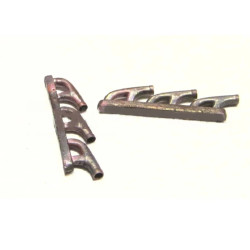









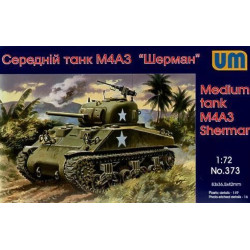









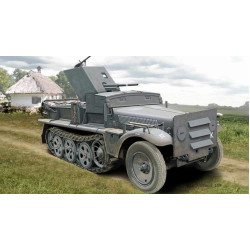





















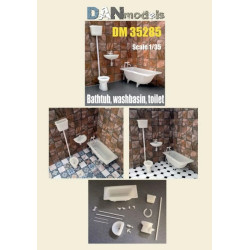










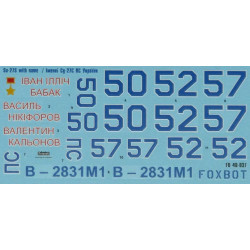






































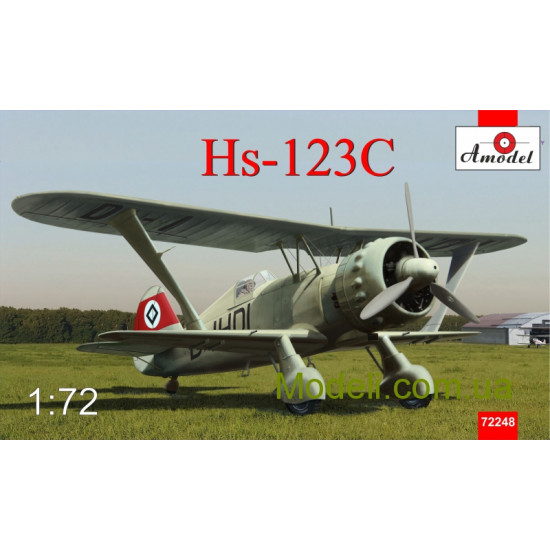



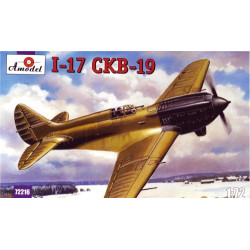












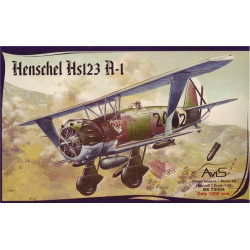






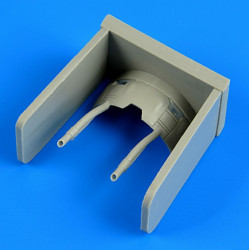



-250x250w.jpg)













